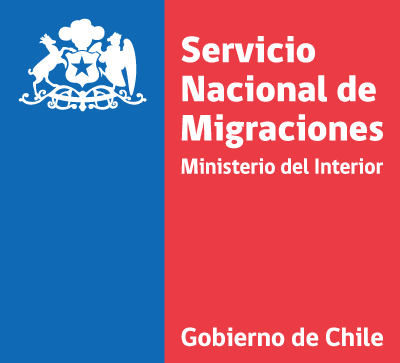Key national and international sources containing information about migration flows regarding Chile and the rest of the world. International migration flows have complex aspects and realities that directly impact millions of people, including forced displacement, territorial coexistence with nationals of destination countries, and changes in the quality of life. These flows may be due to economic, geographic and demographic factors, and political crises, among other causes.
According to ECLAC, “migration” may be defined in different ways. The most accepted definition at the moment states that migration is the change of residence involving the crossing of some duly defined geographical or administrative boundary. If the boundary crossed is of an international nature (border between countries), migration is referred to as “international migration“. If the boundary crossed corresponds to some kind of duly recognized demarcation within a country (between administrative divisions, between urban and rural areas, etc.), the migration is referred to as “internal migration“.
The following sources of information, from both national and international organizations, provide in-depth analyses of these different dimensions of human mobility.
Repository of International Studies
- Centre for Social Conflict and Cohesion Studies (COES, Chile)
- Centro Nacional de Estudios Migratorios (CENEM, Chile)
- Centro de Políticas Públicas PUC (Chile)
- Economic Commission for Latin American and the Caribbean (ECLAC)
- International Organization for Migration (IOM)
- International Labour Organization (ILO)
- Inter-American Development Bank (IDB)
- Migration Data Portal
- Office of the United Nations High Commissioner for Refugees (UNHCR)
- Organization for Economic Co-operation and Development (OECD)
- Spanish Observatory on Racism and Xenophobia (OBERAXE)
- World Bank

